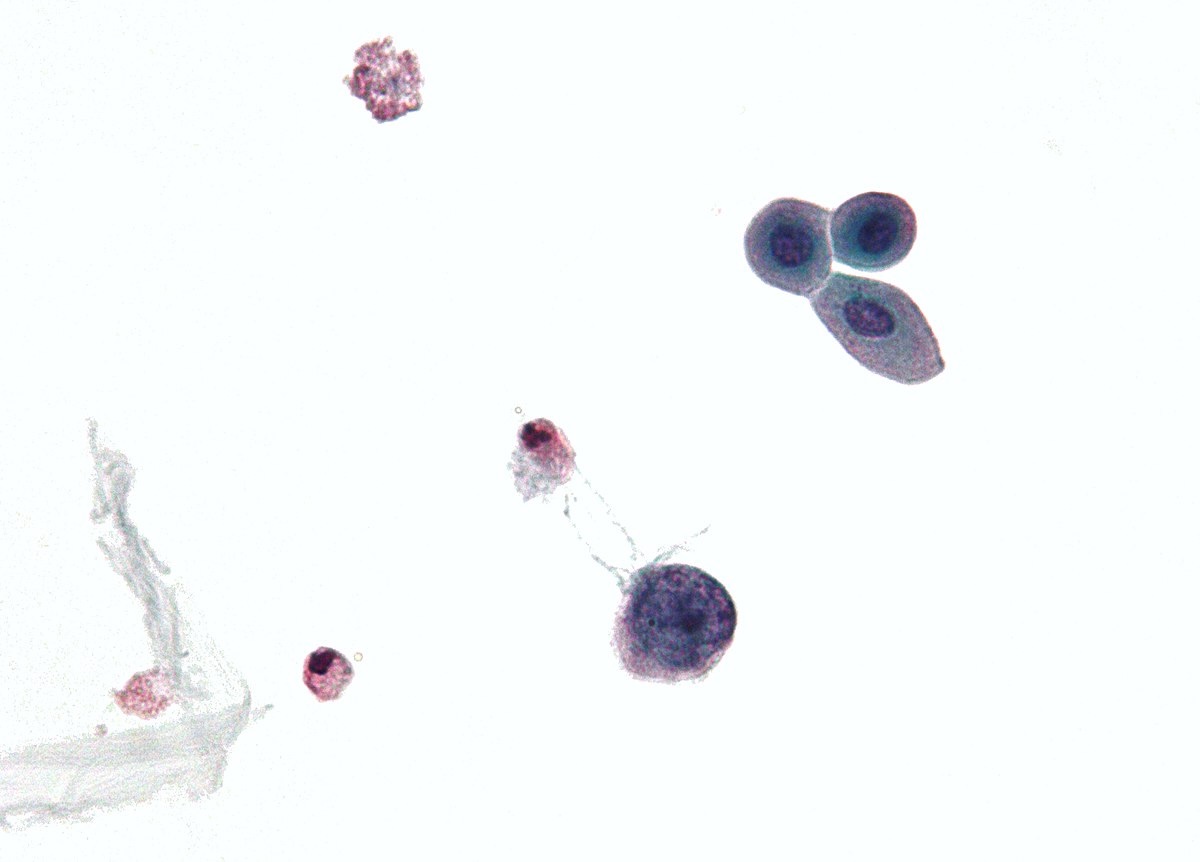
Polyomavirus infections might sound like a mouthful, but understanding them is crucial for anyone interested in health. These tiny viruses can cause big problems, especially in people with weakened immune systems. Polyomaviruses are a group of viruses that can infect various animals, including humans. They are usually harmless, but some can lead to serious diseases. For instance, the BK virus and JC virus are well-known members of this group. They can cause kidney issues and brain infections, respectively. Knowing about these infections helps in early detection and treatment, making a huge difference in outcomes. Ready to dive into 50 fascinating facts about these sneaky viruses? Let's get started!
Key Takeaways:
- Polyomaviruses are small DNA viruses that can cause serious health issues. They spread through respiratory droplets, contaminated water, and even from mother to child. Prevention includes handwashing, safe drinking water, and screening blood donors.
- Symptoms of polyomavirus infections vary, from urinary tract infections to severe neurological symptoms. Diagnosis involves PCR, serological tests, and brain imaging. While there's no specific cure, early detection and management are crucial for better outcomes.
What is Polyomavirus?
Polyomaviruses are a group of small, double-stranded DNA viruses that can infect various animals, including humans. These viruses are known for their ability to cause persistent infections, sometimes leading to serious health issues.
- Polyomaviruses were first discovered in 1953.
- They are named "polyoma" because they can cause multiple (poly) types of tumors (oma) in animals.
- These viruses belong to the Polyomaviridae family.
- Polyomaviruses have a circular DNA genome.
- They are non-enveloped viruses, meaning they lack a lipid outer layer.
- The genome of polyomaviruses is about 5,000 base pairs long.
- They can infect a wide range of hosts, including birds, rodents, and humans.
- Human polyomaviruses include BK virus (BKV) and JC virus (JCV).
How Do Polyomaviruses Spread?
Understanding how these viruses spread can help in preventing infections. Polyomaviruses can be transmitted through various routes, making them quite versatile.
- Polyomaviruses can spread through respiratory droplets.
- They can also be transmitted via contaminated water.
- Fecal-oral transmission is another common route.
- In some cases, they can spread through blood transfusions.
- Organ transplants can also be a source of transmission.
- Vertical transmission from mother to child is possible.
- They can remain latent in the host for years.
- Reactivation can occur when the immune system is weakened.
Symptoms of Polyomavirus Infections
Polyomavirus infections can manifest in various ways, depending on the virus type and the host's immune status. Symptoms can range from mild to severe.
- Many infections are asymptomatic.
- BKV can cause urinary tract infections.
- JCV is associated with progressive multifocal leukoencephalopathy (PML).
- PML leads to severe neurological symptoms.
- Symptoms of PML include weakness, vision problems, and speech difficulties.
- Immunocompromised individuals are at higher risk.
- Skin lesions can occur in some cases.
- Respiratory symptoms are also possible.
Diagnosis and Detection
Accurate diagnosis is crucial for managing polyomavirus infections. Various methods are used to detect these viruses in clinical settings.
- Polymerase chain reaction (PCR) is commonly used.
- Serological tests can detect antibodies.
- Urine tests can identify viral DNA.
- Brain imaging helps diagnose PML.
- Biopsies may be required for definitive diagnosis.
- Blood tests can also be useful.
- Early detection improves treatment outcomes.
- Regular monitoring is essential for at-risk individuals.
Treatment and Management
While there is no specific cure for polyomavirus infections, several strategies can help manage the symptoms and reduce complications.
- Antiviral medications can be used.
- Immunosuppressive therapy may be adjusted.
- Supportive care is crucial for PML patients.
- Regular monitoring helps manage BKV infections.
- Kidney transplant patients require special attention.
- Reducing immunosuppression can help control the virus.
- Experimental treatments are being researched.
- Early intervention improves prognosis.
Prevention and Control
Preventing polyomavirus infections involves a combination of hygiene practices and medical interventions. Awareness and proactive measures can significantly reduce the risk.
- Handwashing is essential.
- Safe drinking water practices help prevent transmission.
- Screening blood and organ donors is crucial.
- Immunocompromised individuals should take extra precautions.
- Vaccines are being developed.
- Regular health check-ups are important.
- Avoiding contact with infected individuals can reduce risk.
- Proper sanitation in healthcare settings is vital.
- Educating the public about transmission routes helps.
- Research continues to find better prevention methods.
Final Thoughts on Polyomavirus Infections
Polyomavirus infections, though often overlooked, play a significant role in human and animal health. These viruses can cause a range of diseases, from mild to severe, depending on the host's immune status. Understanding the basics of polyomavirus can help in early detection and treatment, potentially preventing serious complications.
Research continues to uncover new information about these viruses, offering hope for better diagnostic tools and treatments. Staying informed about polyomavirus infections is crucial for both healthcare professionals and the general public.
By knowing the facts, you can take proactive steps to protect yourself and your loved ones. Whether it's through vaccination, hygiene practices, or staying updated on medical advancements, every bit of knowledge helps. Keep learning, stay vigilant, and prioritize your health.
Frequently Asked Questions
Was this page helpful?
Our commitment to delivering trustworthy and engaging content is at the heart of what we do. Each fact on our site is contributed by real users like you, bringing a wealth of diverse insights and information. To ensure the highest standards of accuracy and reliability, our dedicated editors meticulously review each submission. This process guarantees that the facts we share are not only fascinating but also credible. Trust in our commitment to quality and authenticity as you explore and learn with us.
